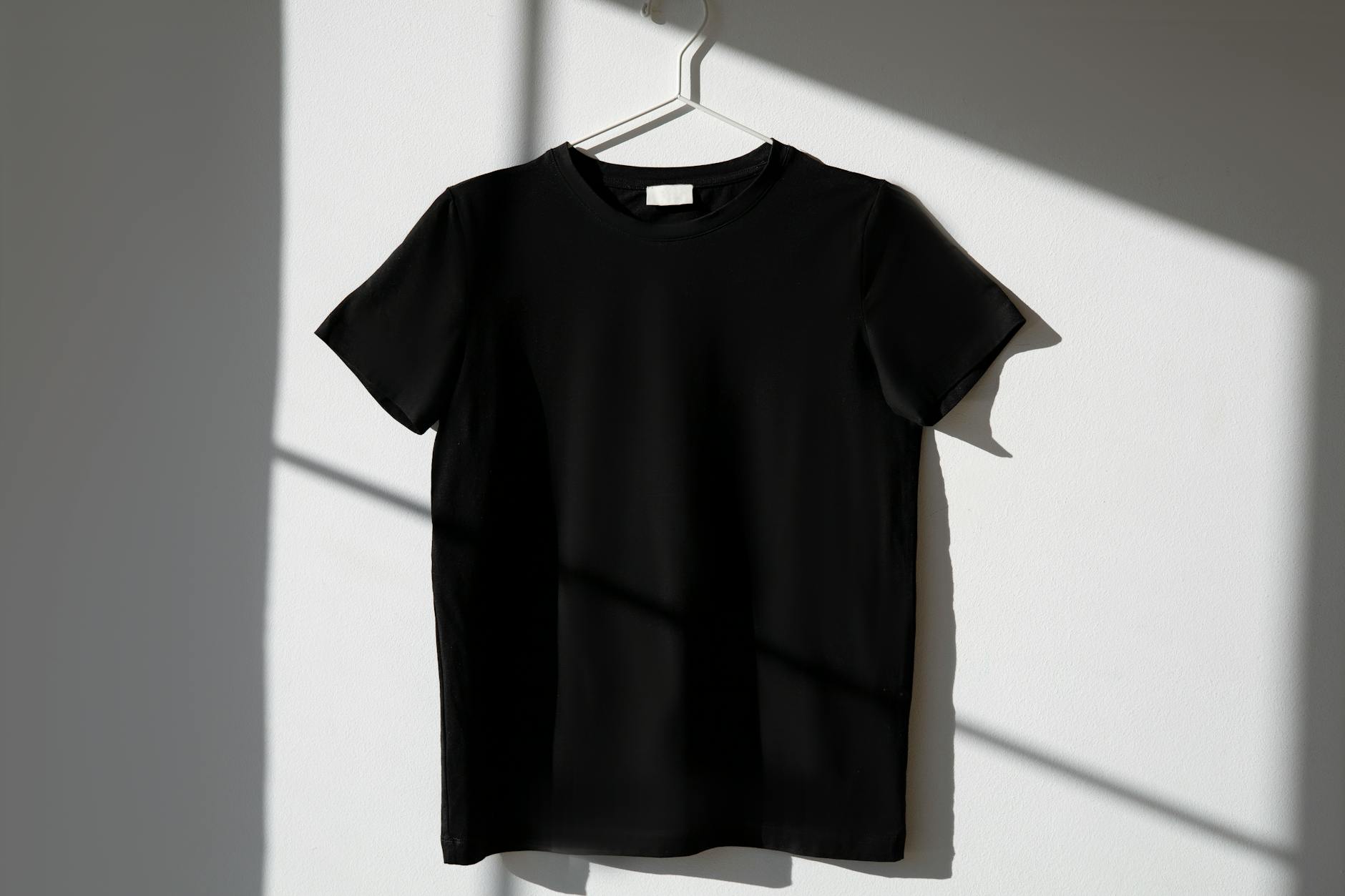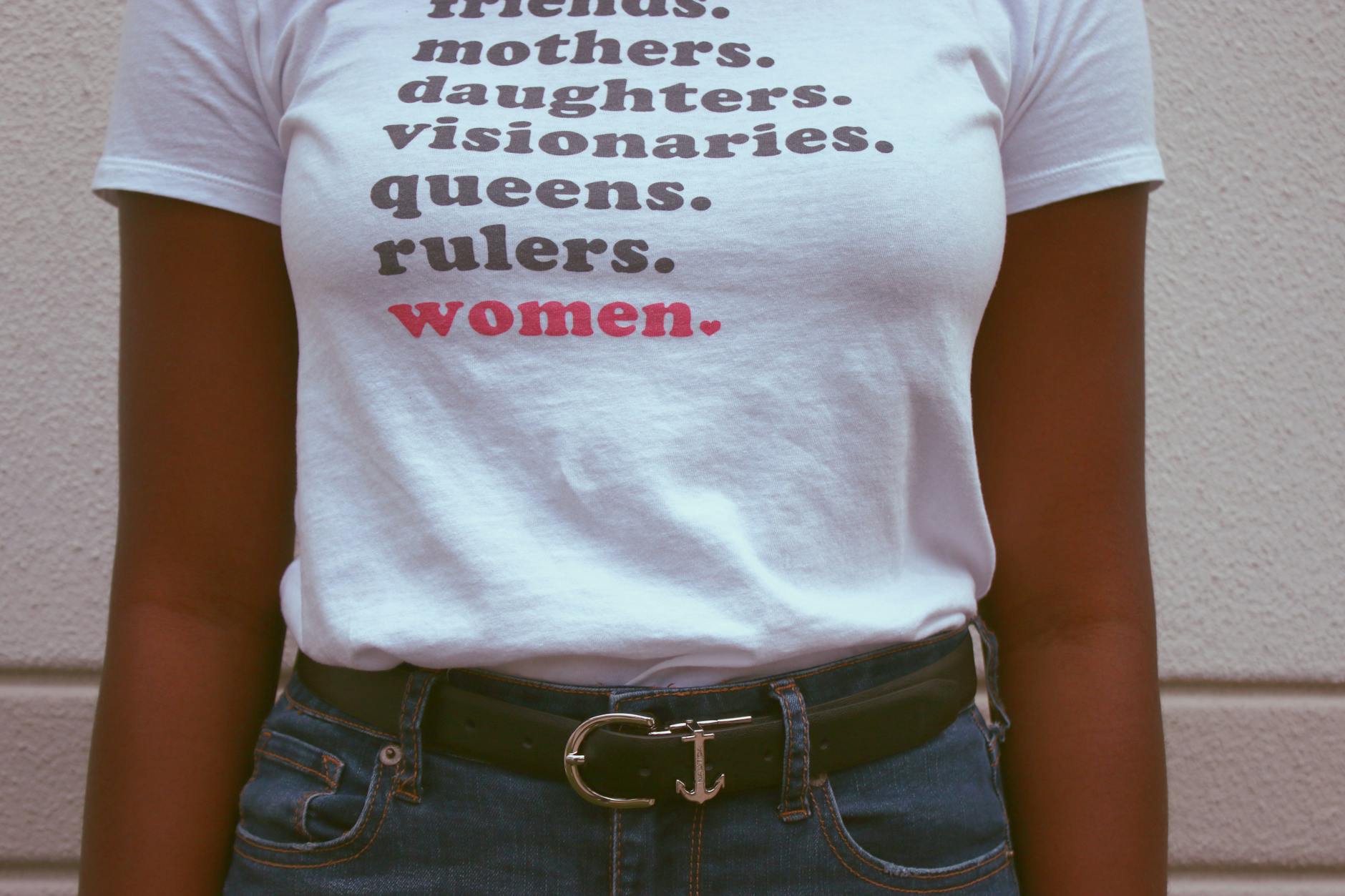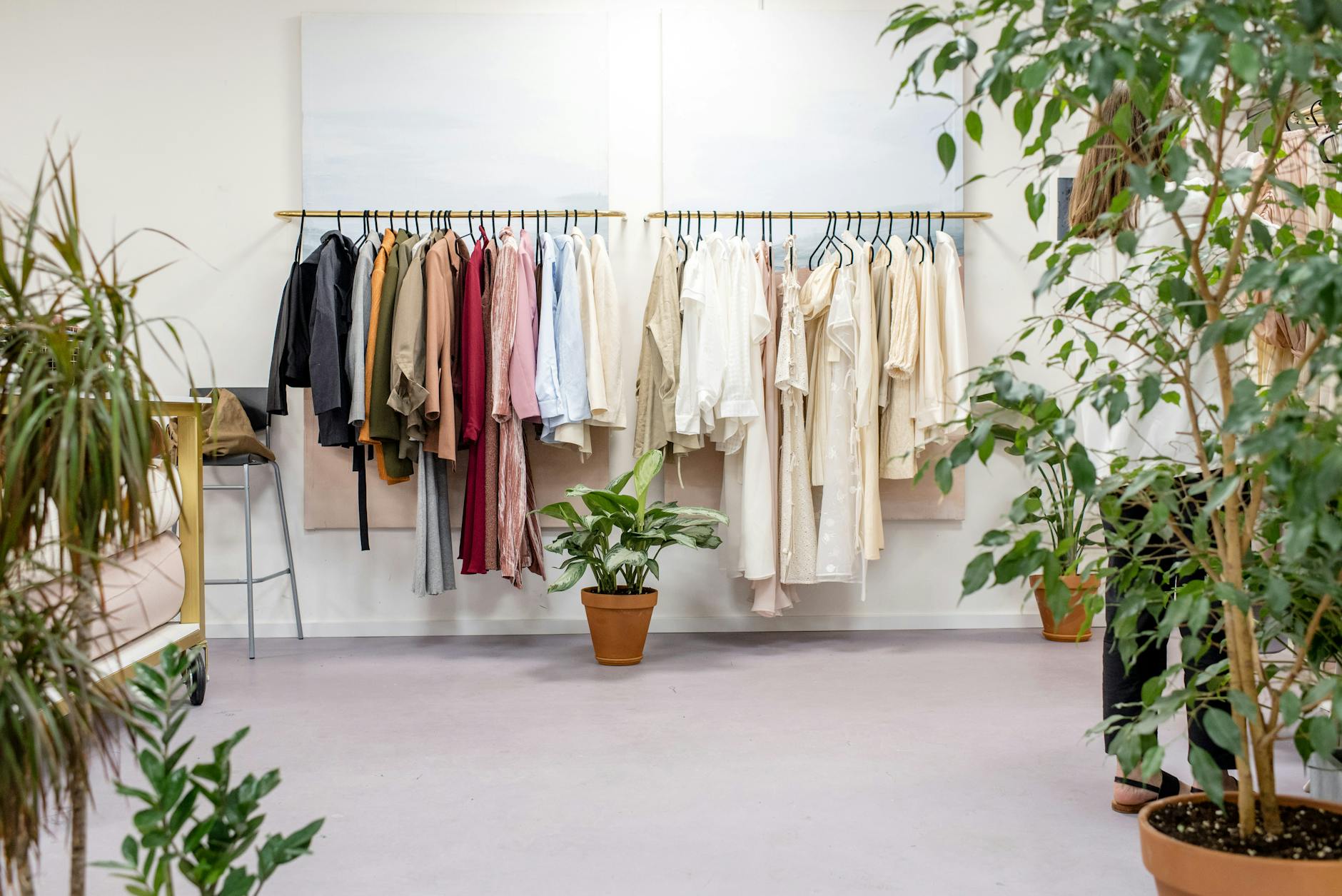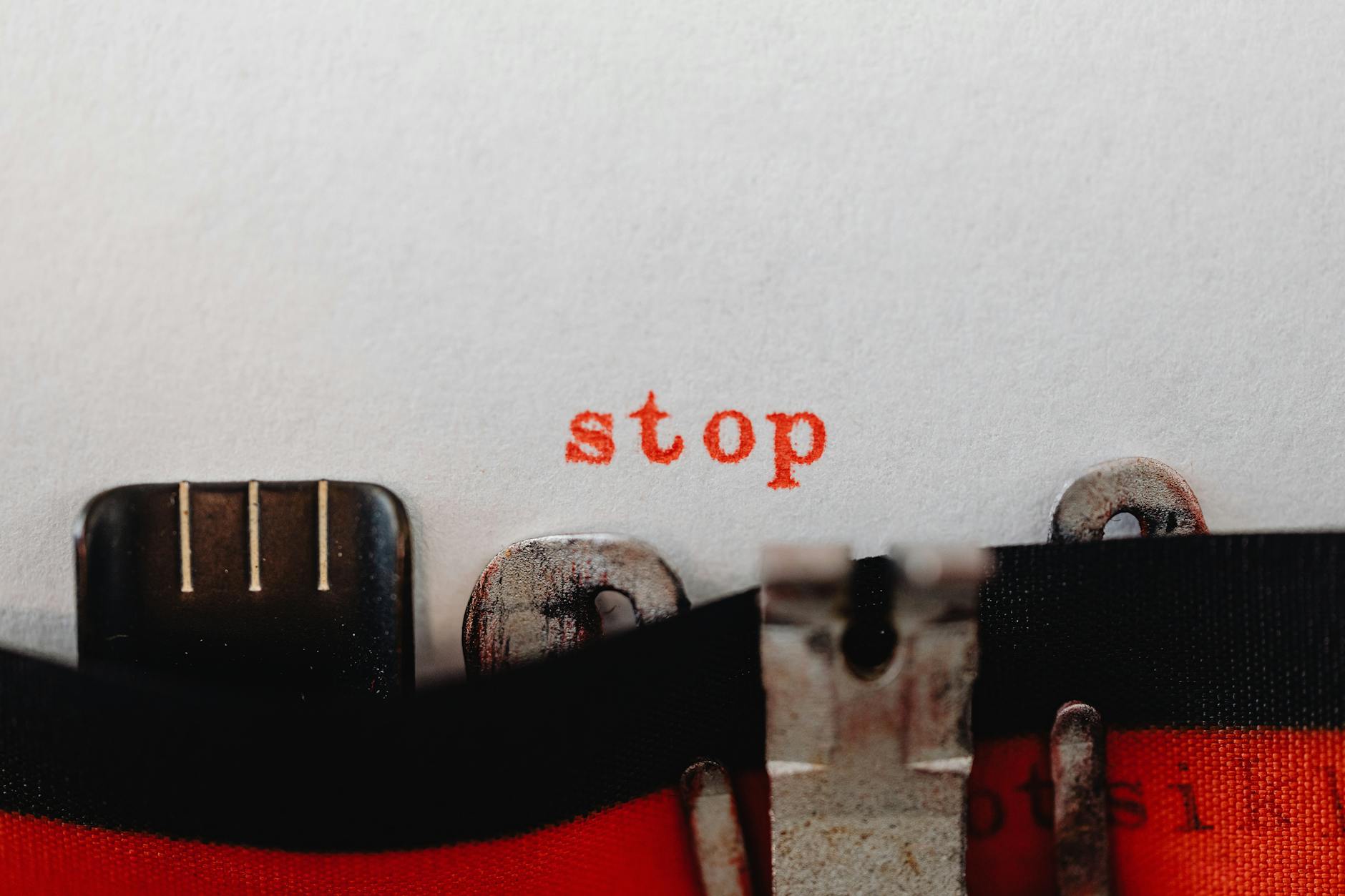The Power of Limited Edition Drops for Print on Demand Apparel: Boost Sales and Stand Out
Print on demand apparel has taken center stage for creative entrepreneurs and bold brands. With a few clicks anyone can design custom shirts or hoodies without holding inventory or breaking the bank.
Now limited edition drops are raising the stakes and creating a real buzz among both sellers and fans.
This strategy works by selling a design for a short period or in small batches. It’s a proven way to spark excitement, drive fast sales and build a loyal following.
Shoppers know if they don’t act quickly they’ll miss out. That sense of urgency creates a win for both sides: artists stand out and buyers get something special nobody else will have after the drop is gone.
Curious about what makes these campaigns so effective or how you can use them to boost your own print on demand shop? I’ll break it all down, show you why everyone’s talking about limited edition drops and share actionable ideas you can try today.
If you want to dive deeper into the basics, check out the How to Start Print on Demand Business guide for step by step help.
Understanding Limited Edition Drops in Print on Demand Apparel
The buzz around limited edition drops isn’t just hype it’s a real profit driver in print on demand.
Unlike traditional apparel releases that hang around until they sell out (or don’t) limited edition drops are all about hitting the market fast, selling quick and disappearing before anyone gets bored.
If you’ve been curious how brands whip up such excitement and convert browsers to buyers in a snap you’re about to see the strategy behind the curtain.
What Makes a Drop Limited?
 Photo by Anna Nekrashevich
Photo by Anna Nekrashevich
The key thing that sets a print on demand limited edition drop apart is how, well, limited it really is.
This isn’t just slapping limited edition on a listing and hoping for the best. For shoppers to take it seriously a drop needs at least one of these:
- Time restricted sales: The product is only for sale for a few hours or days. After that it’s gone forever no back in stock emails coming.
- Capped quantities: There are only so many shirts, hoodies or hats available once they’re sold that’s it.
- Unique one off designs: The art or design is new and exclusive to the drop. No repeats. If you miss it you miss it for good.
These features flip the switch from traditional print on demand where products stick around in virtual stores potentially gathering dust.
With a limited edition approach you’re creating an event not just a listing. You make every buyer feel like they’re getting something special something not everyone will have in their closet.
Curious how to set up this kind of release? There are practical step by step guides that explain how to sell limited edition products with print on demand a must read if you're planning your own.
Psychological Triggers: Scarcity & Urgency
The real rocket fuel behind these drops? Human nature. Scarcity and urgency are two of the oldest tricks in the book, but also two of the most effective.
When shoppers see they might miss out either because the clock is ticking or stock is running low they will act fast. Nobody likes being left behind and in today’s online world, FOMO (fear of missing out) is real.
This is more than just marketing fluff. When a favorite artist, influencer or brand releases a fresh limited shirt it feels like a chance to join an exclusive club.
Why does this work so well? Here’s what’s happening in your customer’s head:
- Scarcity makes value spike: If something’s in short supply we want it more. Simple as that.
- Urgency sparks immediate action: A ticking timer or countdown gets people off the fence and hitting the buy button.
- Impulse buying becomes normal: There’s no time to ponder. People skip their usual doubts because a good deal vanishes fast.
If you want to get a bit nerdy about it the psychological side of scarcity and urgency has been proven to boost sales and drive real engagement.
Check out this awesome guide on the psychology and differences between scarcity and urgency for more on why these triggers work.
On top of this using these tactics helps new print on demand brands look established and in demand basically flipping the script on slow never ending product releases.
Scarcity and urgency have become must haves in launching winning drops and turning casual window shoppers into real buyers.
If you want more hands on tips to keep customers coming back you’ll find loads of strategies on motivating impulse sales and building brand loyalty in our print on demand marketing tips article.
Benefits for Print on Demand Entrepreneurs
Limited edition drops in print on demand aren’t just about hype and cool graphics they’re a serious business move with real upside for entrepreneurs.
These drops make your shop look exclusive, keep fans coming back and give you a safer way to explore bold ideas.
Let’s look at why this approach works and how it can set your print on demand brand apart while padding your margins.
Boosting Brand Loyalty and Engagement
 Photo by Chelsi Peter
Photo by Chelsi Peter
When you sell limited edition shirts or hoodies you’re not just moving merch. You’re inviting people to be part of something.
These quick, one-time drops create buzz in your community and give fans a reason to check in often not just when they need a new tee.
Here’s how limited edition drops strengthen your brand:
- Fans know your next drop could be gone in hours which builds anticipation.
- Every new release is an event for your audience giving them something to talk about and share.
- Repeat buyers feel “in the club” because they have rare designs others missed.
Combine this with smart social media for print on demand and you’ve got a double whammy—real customer connections plus organic growth.
Running follower only or early access drops encourages more likes, shares and user content.
Need more proof? Print on demand brands using exclusivity have seen increased engagement and loyalty as explored in Printing on Demand: How to Increase Brand Loyalty.
Enabling Agile Product Testing and Market Validation
One of the biggest headaches in fashion is risking cash on ideas that flop. With print on demand you get to test drive new concepts with zero leftover boxes in your garage.
Limited edition drops make this even better. You can drop a small run of a bold design or try a new niche and gauge the reaction no huge upfront costs, no excess inventory, no stress.
Why limited drops work so well for testing and validating ideas:
- You get almost instant feedback on what styles, slogans or colors your fans actually want.
- Each drop gives you a live experiment; a design that sells out fast is worth bringing back in another form.
- Drops that flop? No big deal since they disappear quickly and don’t clog up your storefront.
This approach keeps your business flexible and lets you react to trends as they happen.
Looking for more on picking the right market? Expert Tips on Validating a Business Niche breaks down how print on demand pros pick winners and walk away from duds.
Driving Higher Perceived Value and Profit Margins
Every entrepreneur wants better margins. Limited editions give you permission to price higher because scarcity feels special.
Buyers expect to pay more for something rare even more if the drop has a story, charity link or collab with a cool artist.
How exclusivity translates to higher profits:
- Shoppers will pay a premium for products they see as one of a kind.
- Limited quantities reduce the risk of markdowns or dead stock every sale counts.
- Rare drops naturally drive up urgency and perceived demand letting you set more confident prices.
This is where print on demand really shines. You can keep your business lean, use higher price points and focus on quality instead of bulk.
For more ideas on how to turn scarcity into a profit machine, check out Print on Demand Profitability Tips as well as Is Print on Demand Profitable? Key Insights and Examples, which breaks down pricing and strategy for real results.
Executing a Successful Limited Edition Drop Strategy
Ready to make your next print on demand release impossible to ignore? Running a winning limited edition drop involves way more than just uploading a new design and hoping for sales.
You need a game plan from picking the right theme to pumping up your launch, all the way to managing your inventory with precision.
Here’s how to pull off a drop your customers won’t forget plus the practical steps to plan and execute every stage.
Market Research & Trend Identification
 Photo by Ksenia Chernaya
Photo by Ksenia Chernaya
The foundation for any drop is research plain and simple. Start by spotting trends and gauging what buyers in your niche are buzzing about.
Jumping on an old meme or last year’s color will get you lost in the noise so focus on what’s hot and what feels authentic to your brand.
Try these steps:
- Track shops on marketplaces like Etsy or Instagram to see which designs rack up comments and sales.
- Use keyword tools to spot search surges around certain themes or pop culture moments.
- Poll your own followers or email list for design ideas—crowdsourcing works.
- Watch for shifts in niche communities and online forums related to your market.
If you want more practical tools, Shopify’s What Is Print on Demand and How To Start a Business explains how to research and validate designs with data.
Once you find a sweet spot like a design that nails current demand and matches your brand lock it in for your collection.
The most successful drops live at the intersection of what’s trending now and what your fans love about your shop.
Crafting Compelling Launch Campaigns
A limited edition drop should feel like an event. If you just drop a new tee and wait for buyers you’ll miss out on viral energy.
Instead you need to work anticipation on every channel priming your audience so they’re watching the clock for your launch.
Turn up your pre drop hype with a mix of:
- Teaser posts: Share snippets of your design or story weeks before launch.
- Countdown timers: Add visual timers to your website or email to crank up urgency.
- Early access or loyalty perks: Let loyal fans or email subscribers shop first.
- Interactive polls and sneak peeks: Ask for feedback on colors, slogans or mockups in your stories.
- Behind the scenes videos: Show off the inspiration or process—it humanizes your brand.
Strategic engagement matters here. As broken down in the Print on Demand Social Media Strategies article, you want conversations, shares and buzz not just passive likes.
Launch campaigns work best when your audience feels involved so make your launch a two way street.
Want a real world example? Many top sellers also rely on pre sale signups or VIP groups to give die hard fans first dibs.
These early birds do the heavy lifting for your campaign by sharing their orders and boosting initial sales momentum.
Timing and Managing Inventory
You’ll want to strike a balance here: too short a window and some fans miss out, too long and exclusivity starts to fade. Set crystal clear start and end times for your drop usually 24-72 hours works best for most print on demand sellers.
Manage your drop like a pro with these tips:
- Limit total pieces not just the time. Make it clear exactly how many shirts or hoodies are available.
- Use visible stock counters or alerts when supplies start running low.
- Send reminder emails or SMS updates as the deadline nears.
- Communicate clearly: after this window the design is gone. There’s no oops, I missed it restock.
- Monitor orders in real time so you can adjust messaging if you see a product selling out faster than expected.
Make your exclusivity ironclad. When customers believe your design is truly limited they’re much more likely to act fast.
If you want more detail about managing inventory and growth potential, compare approaches at Differences Between Print on Demand and Dropshipping.
Keep your customers in the loop too. A countdown bar or live updates in your shop’s header are simple but effective tricks for keeping drop energy high.
Transparency builds trust and nothing kills FOMO faster than vague or inconsistent communication.
Ready to plan your own step by step drop? Here’s a quick checklist for your next print on demand collection:
- Pinpoint a trending authentic design.
- Tease it on email and social getting your audience hyped.
- Announce clear release times and quantity limits.
- Keep inventory visible and update shoppers on what’s left.
- Wrap it up confidently—no restocks, no FOMO regret.
Focused planning and execution can make your next limited edition drop your store’s biggest highlight yet.
Common Pitfalls and How to Avoid Them
Running limited edition drops for print on demand apparel can make your brand look irresistible but the thrill of exclusivity can trip up entrepreneurs who aren't careful.
There's a fine line between building buzz and disappointing your audience. And let's be real too many shops fall into the same traps: overhyping, underdelivering or failing to keep tabs on what actually works.
If you're serious about keeping those wins coming you have to dodge the classic mistakes right out of the gate.
Balancing Scarcity with Accessibility
Limiting your products is the secret sauce but it's easy to overdo it. When every single drop feels like an invite only party regular shoppers may start feeling left out.
Alienating your loyal fans or new followers can turn short term hype into long term frustration.
 Photo by Kaboompics.com
Photo by Kaboompics.com
Here’s how to strike a balance between scarcity and keeping your community close:
- Rotate exclusivity. Use drops for special occasions, artist collabs or rewards for repeat buyers not every single release.
- Leave the door open for newcomers. Offer core collection items alongside limited-eds so everyone gets a chance to support your brand.
- Communicate early and often. Tell your audience how and when drops work. The more transparent you are the less anyone will be surprised or let down.
- Reward engagement. Let your most loyal followers or email subscribers get early access or sneak peeks before the public launch.
Nobody wants to feel shut out especially the customers who got you started.
When in doubt, remember that building a sustainable print on demand business means thinking about repeat buyers not just a quick score.
For more on how strong basics set you up for growth check out this detailed guide to Introduction to Print on Demand.
Learning from Data and Customer Feedback
Lots of newcomers fixate on chasing the next trend but forget to look back at what worked and what didn't.
Every limited edition drop is a chance to learn, improve and respond to what your buyers are actually telling you with their wallets and words.
Skip the guesswork with these musts:
- Track your numbers. Monitor sales, page visits, cart abandonment, and time on site for each drop.
- Gather feedback. Use post purchase surveys or direct messages to ask what people loved (or didn’t).
- Adjust and test. If a drop sells out in minutes consider a larger quantity next time. If there's crickets rethink your theme or timing for the next drop.
- Watch your costs. Many creators forget print on demand comes with hidden fees that can eat up profits if you aren't careful. Make sure you’ve factored in realistic costs so you’re not caught off guard. For an eye opener on this, see Hidden Costs of Print on Demand.
Learning from your data and feedback is straight out of the business playbook from How to Start Print on Demand Business—treat every drop like a mini case study.
See what sticks, tweak your game plan and keep iterating. That’s how you build a brand that lasts.
If you're serious about growth always measure first and act second. A smart print on demand business isn't built on gut feelings—it's based on results and a real understanding of your audience.
Steer clear of these traps, stay flexible and you're already ahead of most of your competition.
Conclusion
Limited edition drops are pure power for print on demand apparel. You create urgency, reward your engaged fans and push your brand above the usual crowd.
The strategy isn’t guesswork it’s proven to drive fast sales, get your designs talked about and build a real sense of community around your shop.
If you want to carve out a space that shoppers remember (and come rushing back for), start planning your own limited drop. Don't stick to what everyone else does. Take what you’ve learned here, experiment boldly and track your results.
Thanks for reading—your next bestselling drop could be just an idea away. If you have thoughts, questions or wins to share drop a comment or reach out. Your story can help others win big, too.










0 Comments